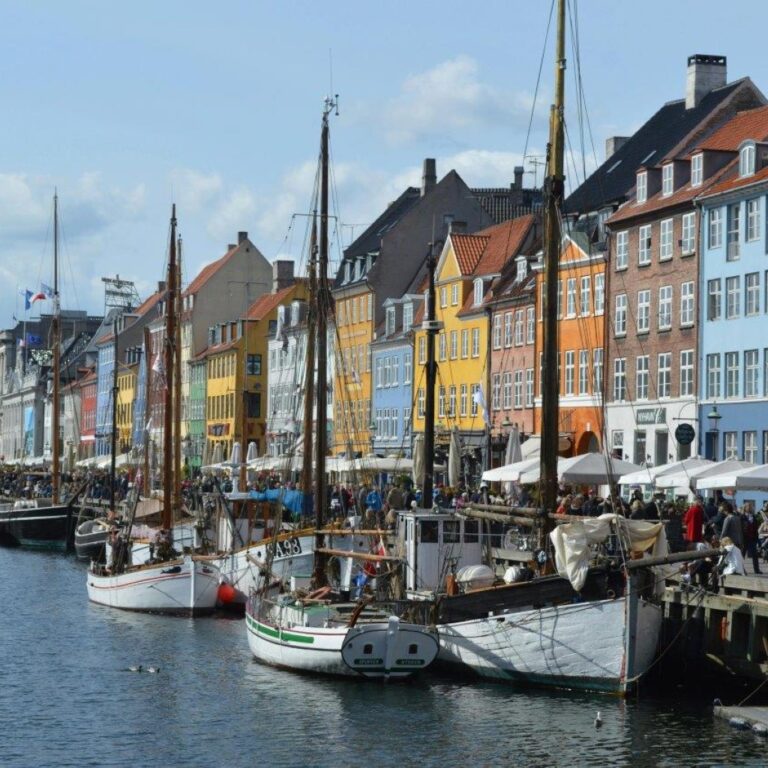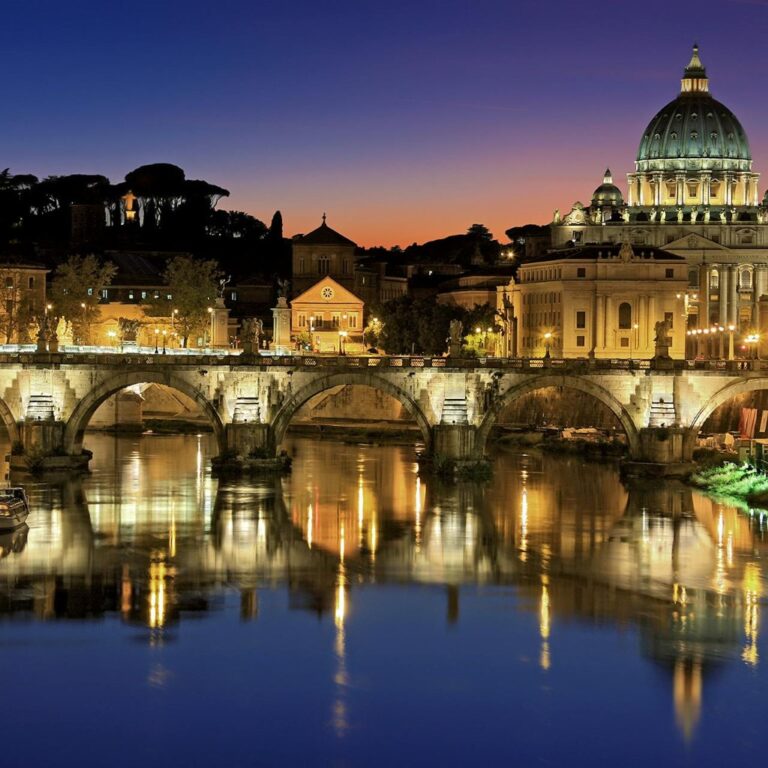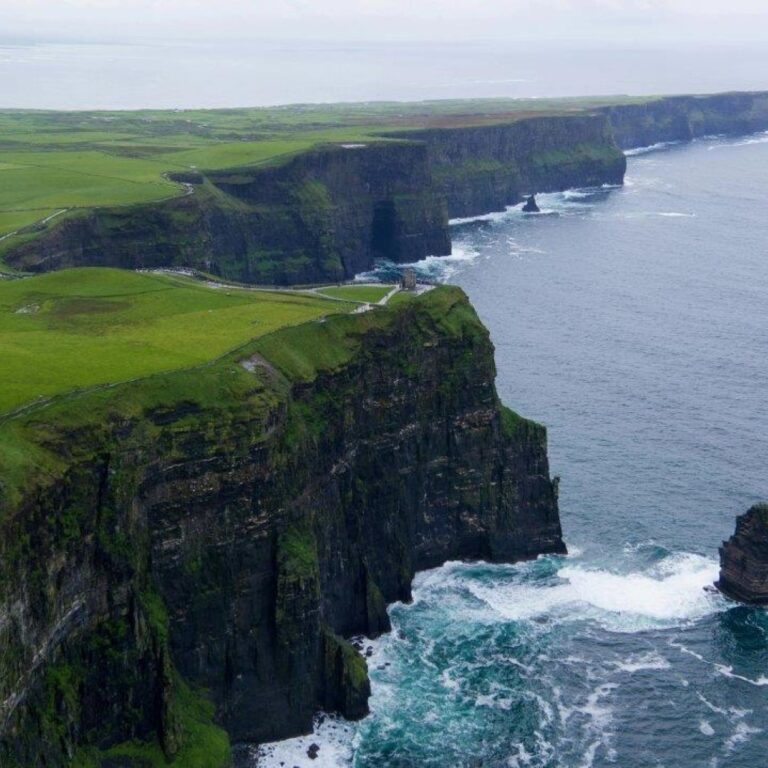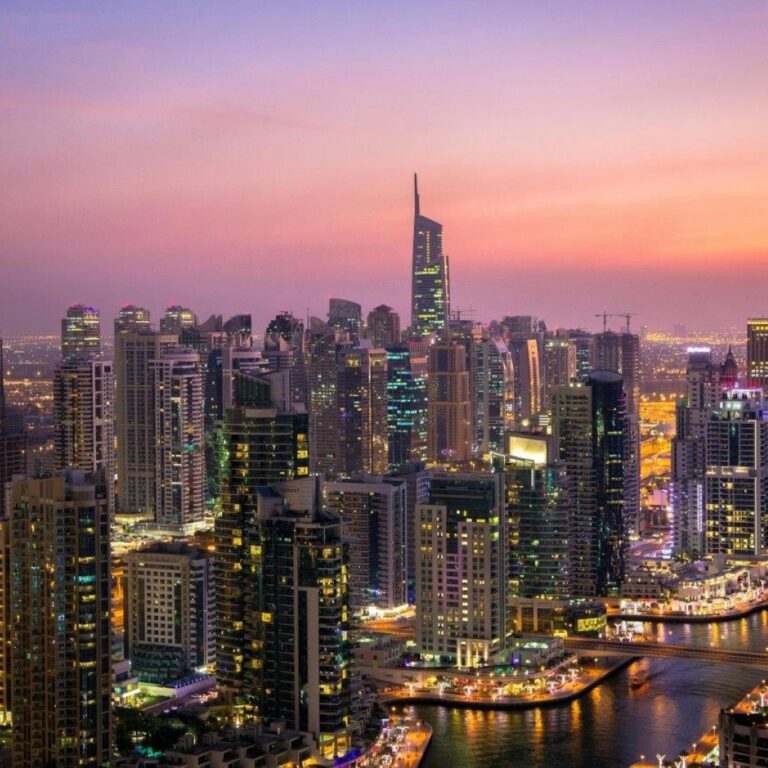Copenhagen was founded as a Viking fishing village in the 10th century and became the capital of Denmark in the early 15th century.
The city's name is derived from the Danish word 'København,' which means 'merchant's harbor.'
The Little Mermaid statue, inspired by Hans Christian Andersen's fairy tale, is one of Copenhagen's most famous landmarks.
Tivoli Gardens, opened in 1843, is one of the world's oldest amusement parks and a popular attraction in the heart of the city.
Copenhagen is known for its bike-friendly infrastructure, with more bicycles than cars in the city.
Nyhavn, a 17th-century waterfront district, is famous for its colorful houses, historic wooden ships, and lively atmosphere.
The city is home to Christiansborg Palace, the seat of the Danish Parliament, the Supreme Court, and the Prime Minister's Office.
Copenhagen's Freetown Christiania is a unique, self-proclaimed autonomous neighborhood known for its alternative lifestyle and vibrant arts scene.
The Round Tower, built in the 17th century, is Europe's oldest functioning observatory and offers panoramic views of the city.
Copenhagen is a green city, with numerous parks and gardens, including the King's Garden and the Botanical Garden.
The city is famous for its culinary scene, with many Michelin-starred restaurants, including the world-renowned Noma.
Copenhagen's harbor is clean enough for swimming, and the city has several popular harbor baths.
The Copenhagen Opera House, one of the most modern opera houses in the world, was a gift to the city from the shipping magnate Mærsk Mc-Kinney Møller.
The Amalienborg Palace is the winter residence of the Danish royal family and is famous for its daily changing of the guard ceremony.
The city's metro system is driverless and known for its punctuality and efficiency, making it easy to explore Copenhagen.



